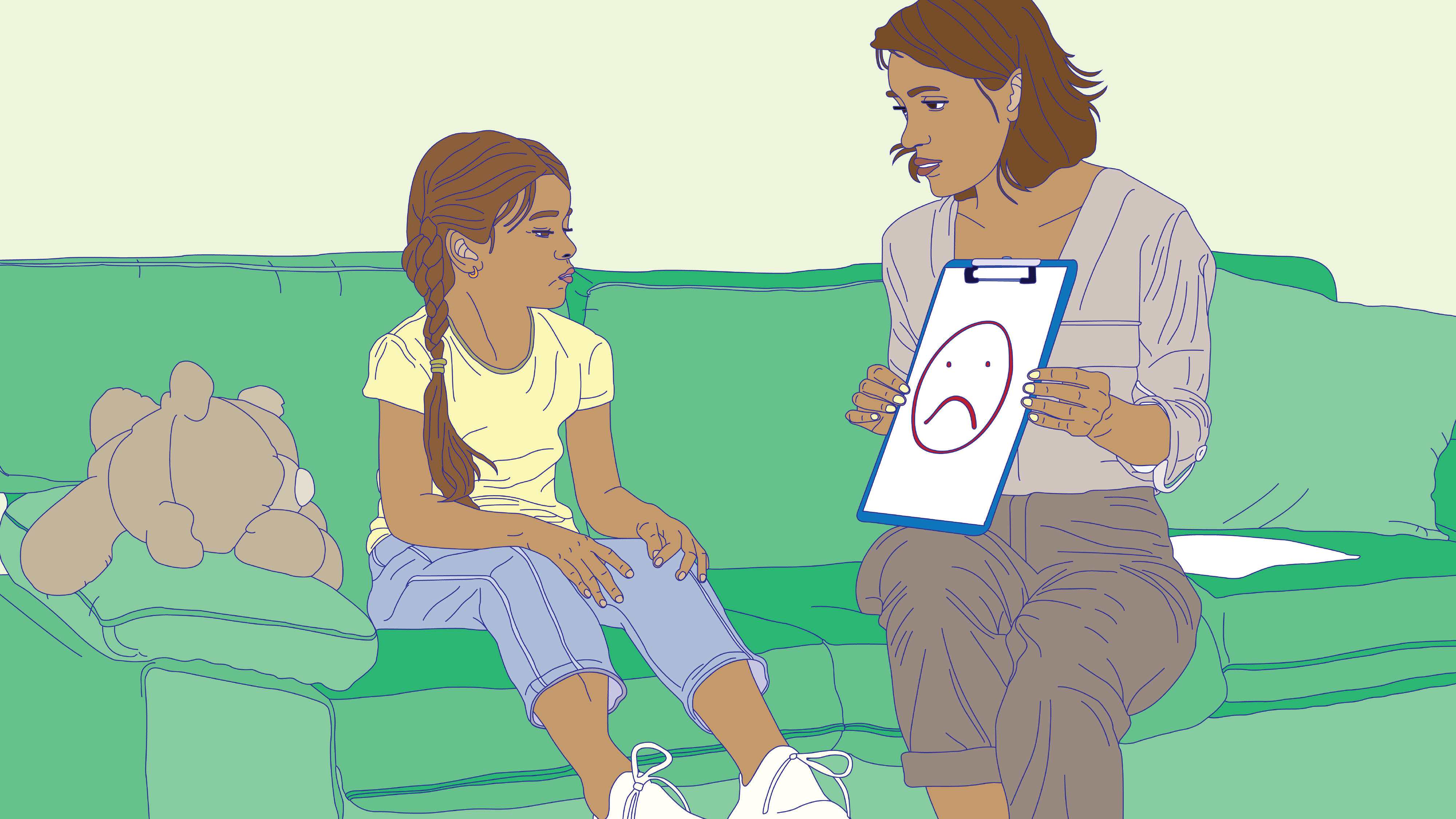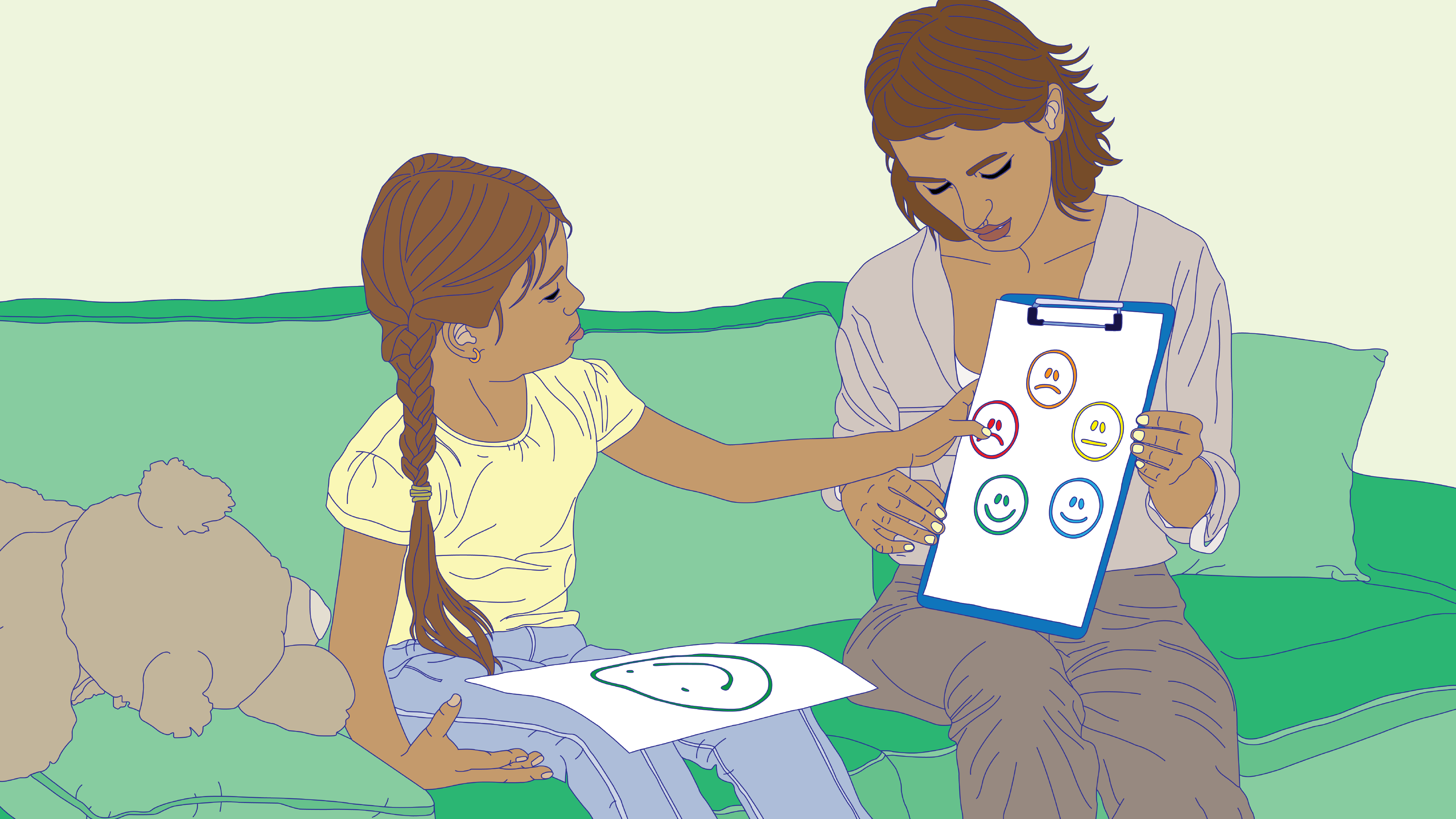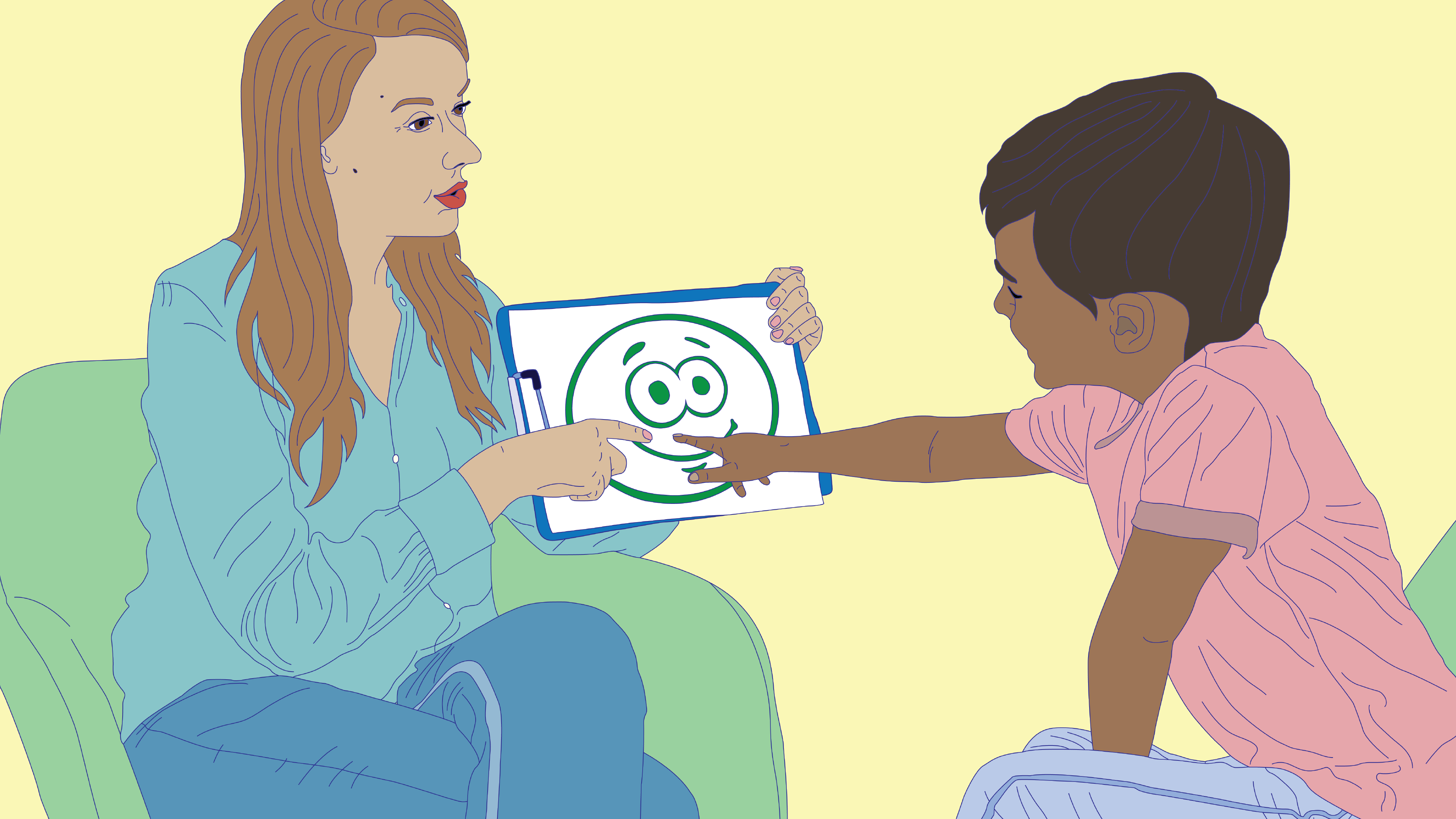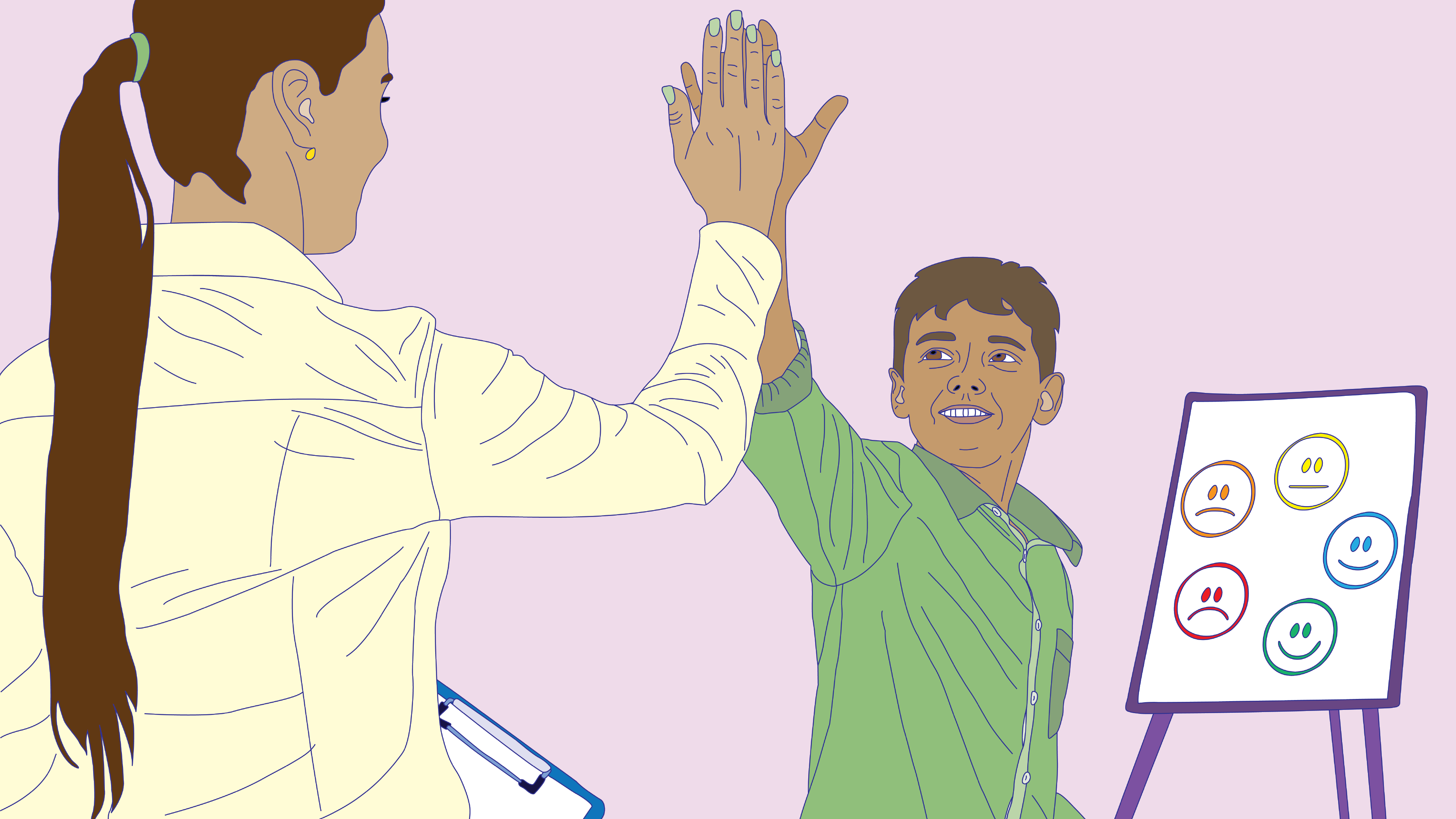Oranga Tamariki, Ministry for Children - Aotearoa, NZ
“The social model of disability specifies that disability is not something individuals have. Disability happens when society does not provide an environment that adequately takes impairments into account. For example, our society is built in a way that assumes we can all see signs, read directions and hear announcements. In these examples, lack of sight or hearing are not disabilities they are impairments. It is the way society is designed and the assumptions inherent in that design, that creates disabilities for people who have impairments.”
The objective was to create a two page document for kaimahi, which highlights key insights from the report on Voices of Disabled Children and Young People in Care, 2020.
“The social model of disability specifies that disability is not something individuals have. Disability happens when society does not provide an environment that adequately takes impairments into account. For example, our society is built in a way that assumes we can all see signs, read directions and hear announcements. In these examples, lack of sight or hearing are not disabilities they are impairments. It is the way society is designed and the assumptions inherent in that design, that creates disabilities for people who have impairments.”
The objective was to create a two page document for kaimahi, which highlights key insights from the report on Voices of Disabled Children and Young People in Care, 2020.
Illustration, Print








